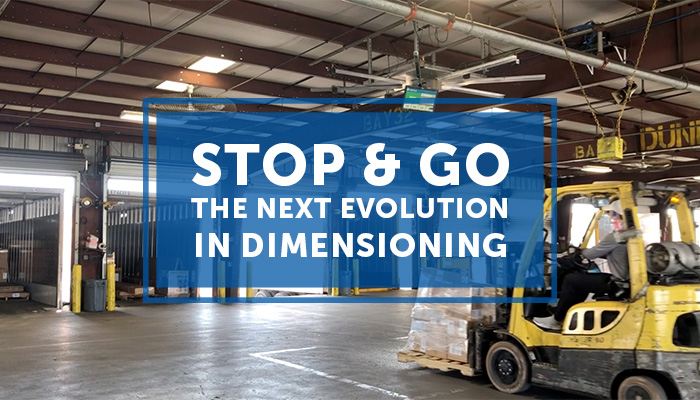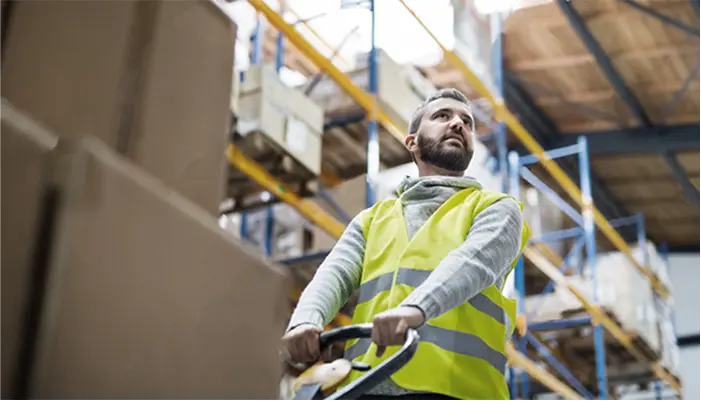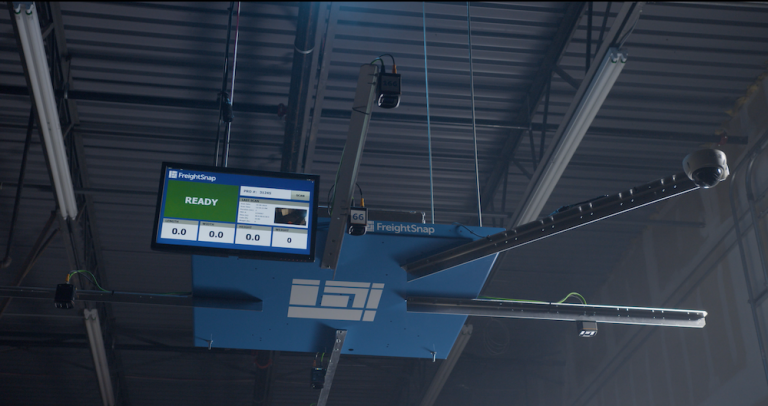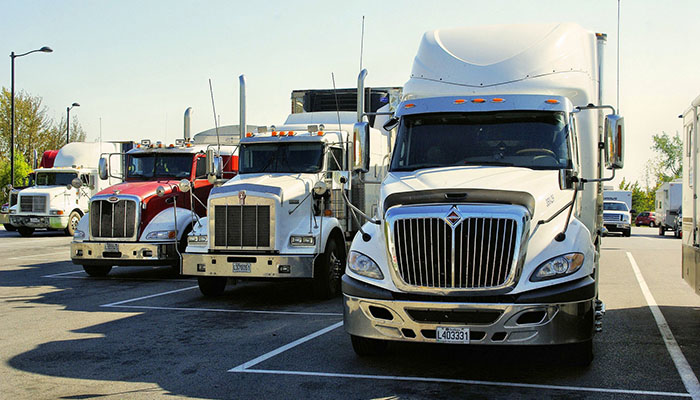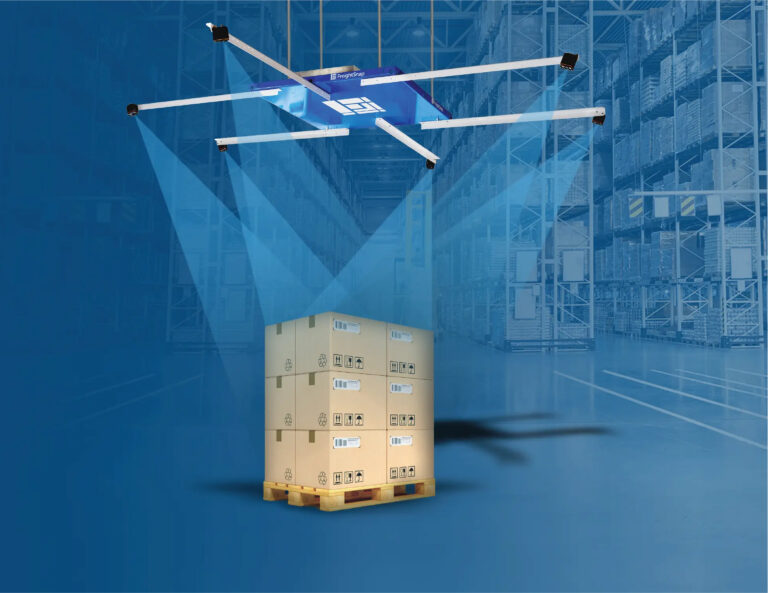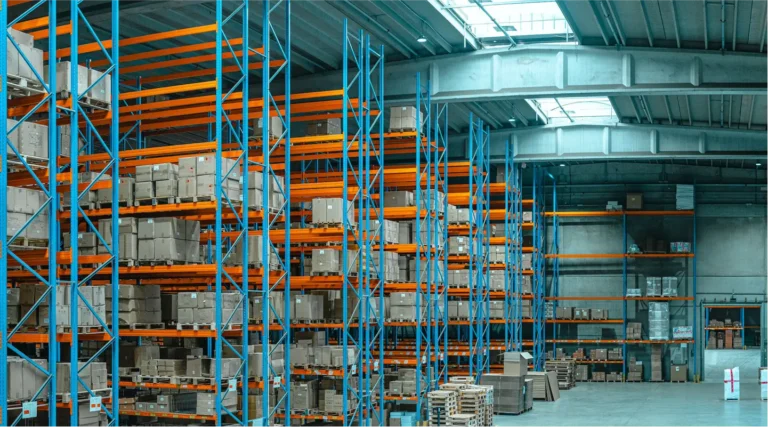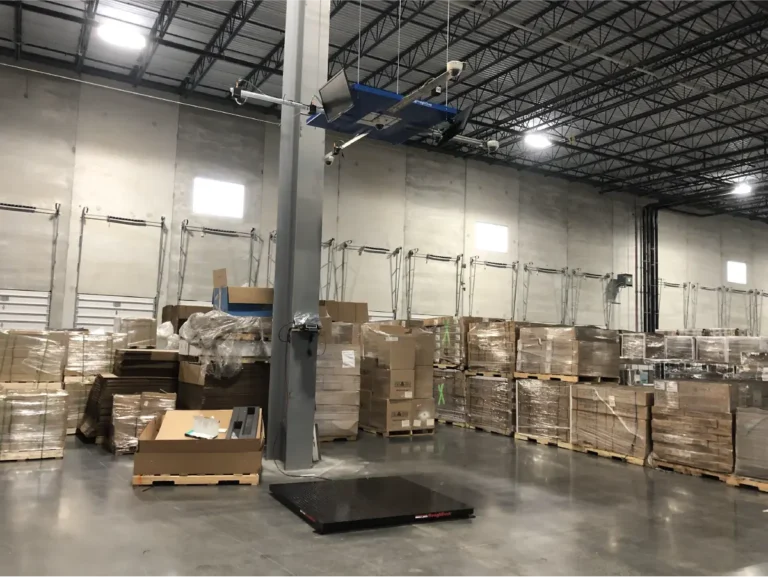Warehouse management systems can increase inventory visibility, improve order fulfillment, enable automated data collection, and generally boost productivity across your operation. But, with so many options available, choosing the best system for your needs can be a challenge.
So, whether you’re looking to update an old WMS, or invest in your company’s first warehouse management solution, we’ve put together a few tips to help you with your search.
First, Determine Your Level of Need
Before you start looking at the various systems available, make sure there’s a clear business case for the investment. You’ll want to run a detailed cost-benefit analysis to ensure that your dollars will be well spent. If the need is there, make sure you have buy-in from everyone who’s going to use the system. Your c-level staff and warehouse team all need to be committed to and enthused about working with the new system if it’s going to live up to its full potential.
When a WMS is properly implemented and used, the list of benefits can include:
• More efficient inventory management
• Fewer picking and put-away errors
• Automatic ordering and replenishment
• Reduced paperwork (and administrative expenses)
• Fewer product returns
• Improved customer service
• Effective labor management
Establish Must-Haves & Gather Pricing
After your business case has been established and the necessary people are all on board, you’ll want to create a list of “must-have” features, then another list of “bonus” features to help you whittle down your options. When you’ve narrowed your list to between 5 and 10 systems, start reaching out for pricing. Typically, you can break costs down into three different categories. Don’t be afraid to ask any prospective vendors to provide you with quotes for each one.
Licensing
These costs and models will vary by vendor. Some will ask you to pay monthly or annual costs, others might want payments for each transaction made, still others may require a complete purchase of the entire system. Think about the price and pricing model that’s going to work best for you. For many, monthly and annual contracts are appealing as they don’t lock you into using a system for years and years if something better comes along.
Development
If you plan to integrate your new WMS with existing warehouse equipment or third-party software solutions, you’ll likely incur development costs as well. Some companies will charge based on total hours worked, others may charge a flat integration fee. Either way, it’s important to get an accurate estimate of the anticipated development costs before choosing a system.
Support
Will your vendor charge a fee for each individual support call? Will they charge a flat rate for the whole year? Will support costs be wrapped into the licensing fees? Ask potential vendors how they charge for and provide support. If possible, find out what companies like yours can expect to pay on a yearly basis.
Give Details When Requesting Information
Some businesses are afraid to share detailed information about their current systems and processes with vendors. While the urge to protect company info is understandable, it can seriously hinder your ability to choose the best system. Don’t hesitate to bring your top IT and operational staff along for exploratory meetings and conference calls. When you’re ready to submit a formal Request for Proposal (RFP), include pertinent information about your business, your current warehouse and processes, any changes to processes you see in the future, and your goals for a new system. Including information such as who will be using the system (forklift drivers, pickers, packers, administrative staff, etc.), number of pick-face locations, number of loading bays, and details about your pick-and-pack stations can all be helpful.
And don’t forget to ask vendors for key information about their own businesses as well. Company history, a current list of clients, customization capabilities, and customer reviews are all fair game. You could also ask to be put in touch with one or more of their current clients who would be willing to talk candidly about their experiences with the company.
Make Your Final Decision
At this point, you should have a pretty good idea about the system that’s going to work best for your business in terms of functionality, service and price. After you’ve made your final decision, put a roll out plan in place to ensure that your staff is properly trained on the new system and its features.
For more articles like this, subscribe to our newsletter!
Was this article helpful?
Michael Eichenberg is the co-founder and CEO of FreightSnap, allowing the supply chain, logistics, manufacturing, distribution and transportation industries to measure, weigh, photograph and ID pallets and parcels in just seconds. Learn more and share your ideas on Facebook and LinkedIn.


